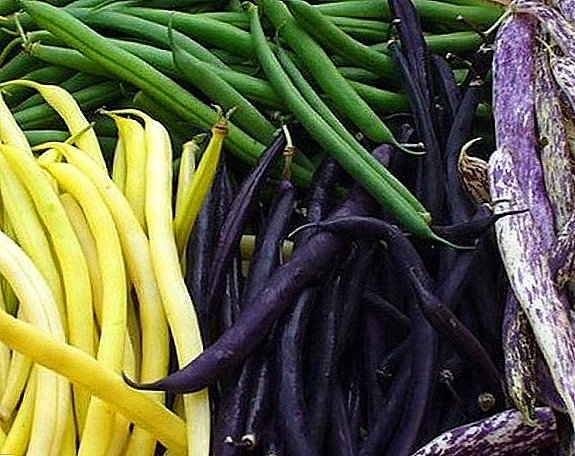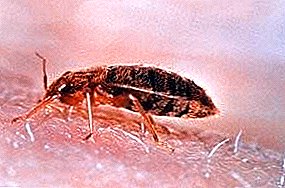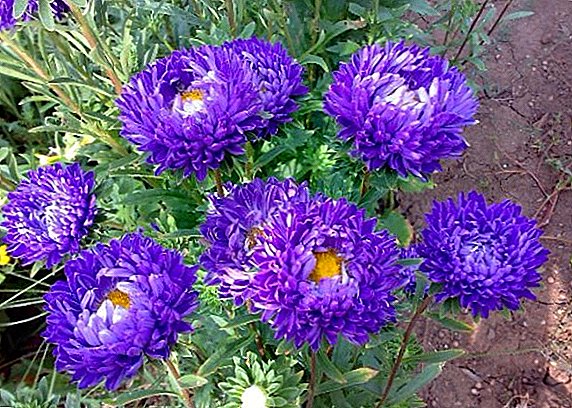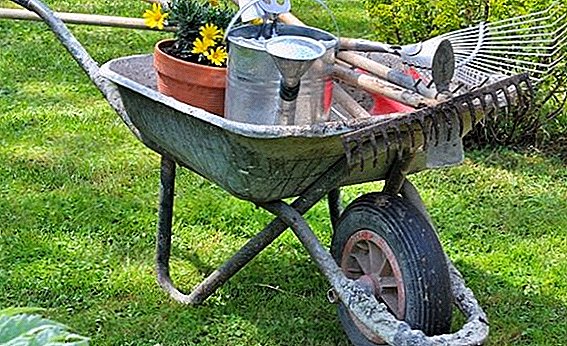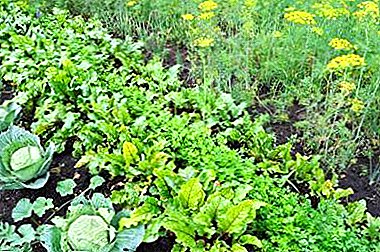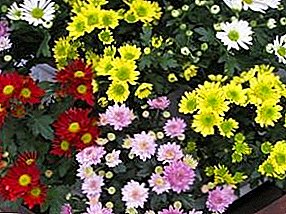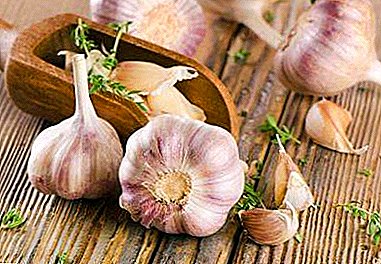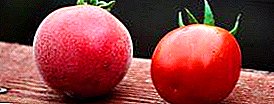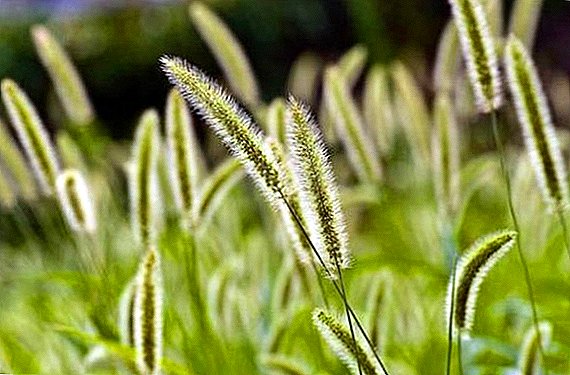
One of the well-known and often grown crops is timothy grass. This herb is also called a seedling, Arzhanets, stick insects, or cinquels.
In this article we will discuss what and where timothy grass grows. And also talk about growing this plant.
Botanical description
Timothy meadow, the description of which is known to many, belongs to the family Cereal. It can be found in Europe and Asia Minor, as well as in Africa and Australia.
In the CIS, this plant is also often found. Timothy grows in any terrain except arctic and desert. The stem of this herb can grow from 25 cm to 1.5 m.
The family of cereals also include: rye, sorghum, barley, millet, wheat.
It is cylindrical, upright and hollow. The leaves are elongated, rough, have pointed ends, may be green or gray-green. Creeping root system has short rhizomes.  The flowers are collected in inflorescences, which represent the shape of a complex spike. The people call the inflorescence "Sultan", it has a length of about 10 cm. Spikelets are fused with the main axis, so they are quite tough.
The flowers are collected in inflorescences, which represent the shape of a complex spike. The people call the inflorescence "Sultan", it has a length of about 10 cm. Spikelets are fused with the main axis, so they are quite tough.
The plant begins to bloom in early summer, dissolving primarily flowers in the upper part of the inflorescence. Each spikelet blooms from 4 to 7 days.
At the base of the shoot there is a bulge that looks like an onion. Pollination in timothy by the wind.
Did you know? Timothy fruits are very small - thousand seeds weigh no more than 1 g.Fruits ripen three months after the above-ground shoots grow in the spring. After the end of the growing season, shoots die off.
This meadow crop has high winter hardiness and cold resistance. But prolonged waterlogging and bad drought tolerates poorly. 
Timothy Purpose
The stickman is used in two directions:
- as a decorative and lawn grass;
- as a feed culture.
Timothy grass is used for ordinary lawns, as it does not tolerate a haircut. It is used as a component of a lawn mixture to decorate parks and revitalize trails.
For universal lawns, which are planned to be used regularly and often, mixtures based on the following herbs have proven themselves well: pasture ryegrass, meadow bluegrass, different types of fescue.
The main purpose of the grass is fodder. Timothy is used as a green dressing, and it is harvested for hay and silage. It contains about 14% protein.
Harvest of green grass can be harvested up to 200 kg / ha. Dry hay goes from 20 to 120 kg / ha. If you grow timothy grass with red clover, then the fodder quality of the plant increases. 
Important! Mown culture for food in the earing stage, and for grain only after full maturation.The best fodder varieties are: Mayskaya 1, Pskovskaya, Vita 1, Lupinetsky 1, Marusinskaya 297.
Features of cultivation and seeding rate
Timothy is a plant that is not very demanding on the ground, but sandy and marshy soil for cultivation will not work. This culture prefers neutral and alkaline lands. Weak soils fertilize before planting manure (30 tons per 1 ha). Nitrogen fertilizers can also be applied.
When planting stick insects in the spring, from autumn it is necessary to harrow the soil to a depth of 25 cm. Plant grass in April. Seeds germinate within a week.
Planting timothy in the fall is most effective, especially if it is combined with other cultures, such as clover or alfalfa. In its pure form, the seeding rate is 11 kg per 1 ha of area, and in the form of grass mixtures - 6 kg per 1 ha.  Small grooves are made on the prepared site, about 2 cm deep, and seeds are sown. In the field conditions of agriculture, planting is carried out in a continuous manner according to the standard cereal sowing scheme. To obtain seeds, it is best to use a planting with an interval of at least 0.5 m between rows.
Small grooves are made on the prepared site, about 2 cm deep, and seeds are sown. In the field conditions of agriculture, planting is carried out in a continuous manner according to the standard cereal sowing scheme. To obtain seeds, it is best to use a planting with an interval of at least 0.5 m between rows.
Important! In an acidic soil culture will not grow. Before planting the site must be lime, such as chalk.Stick insect germinates at a temperature of + 5 ° C. But for the proper development of the vegetative part, the temperature during the day should be at least + 18 ° C.
Advantages and disadvantages of culture
The benefits of culture include:
- high winter hardiness;
- ability to grow in poor lands;
- high yield;
- good feed quality;
- long life expectancy.
 Disadvantages of the plant:
Disadvantages of the plant:- long growing season;
- it is not very resistant to grazing, its yield decreases faster with pasture use than with hay;
- poorly tolerated drought;
- not suitable for creating lawns with short grass, as it does not tolerate a haircut.
Did you know? Timothy was used as a cultivated plant in the late XVII - the beginning of the XVIII century. This is stated in the documents of the Vologda province.This culture is not too whimsical, can serve not only as a decorative decoration of the site and fodder culture, but also as a good predecessor for cereals and others.


